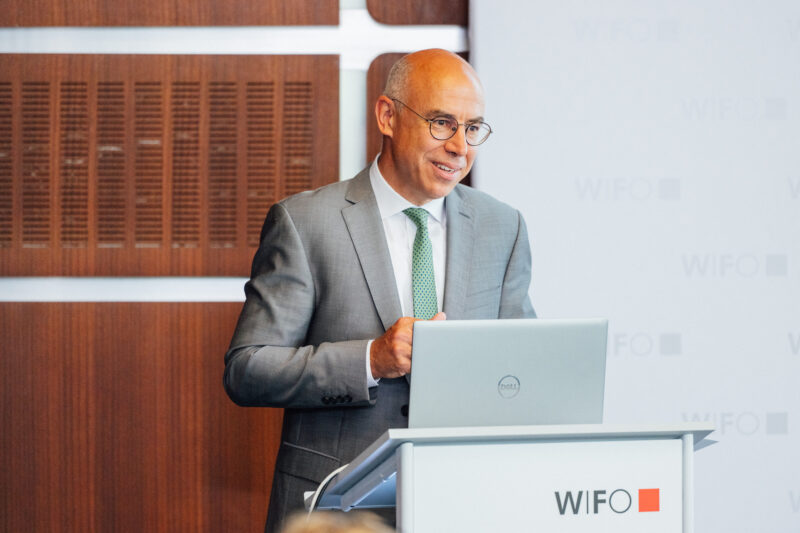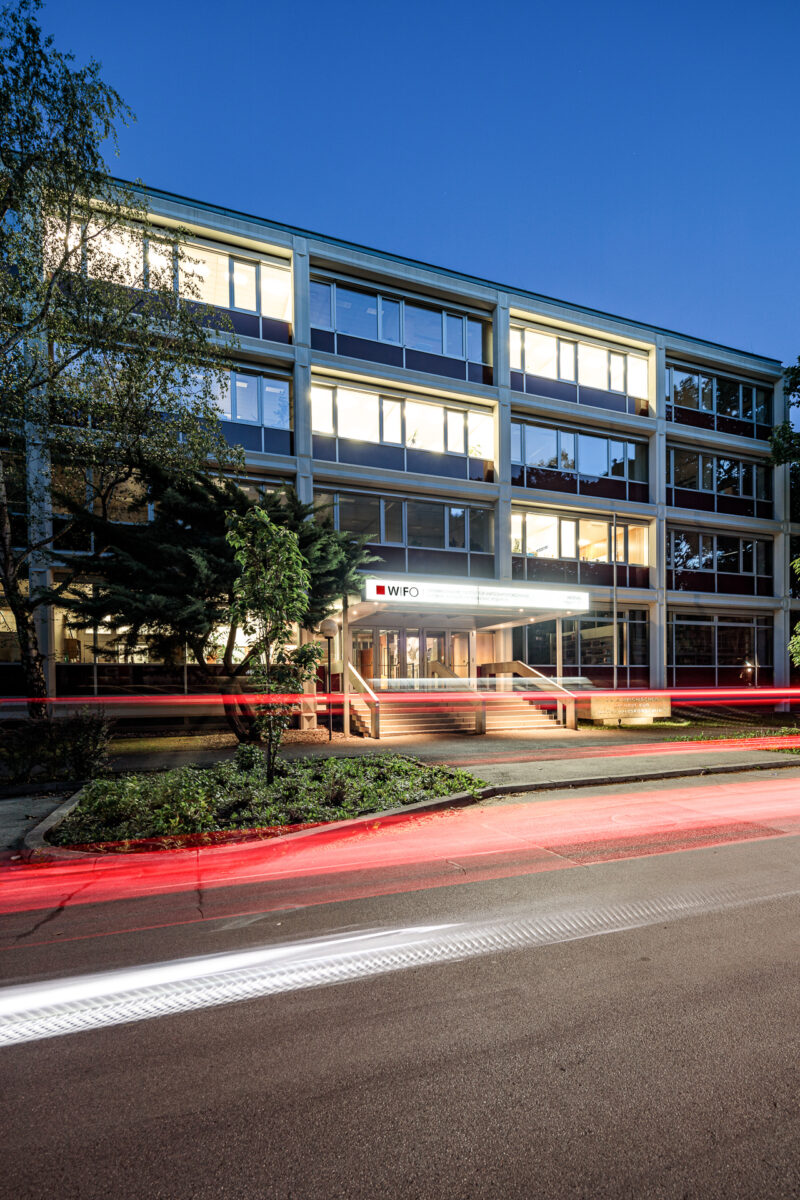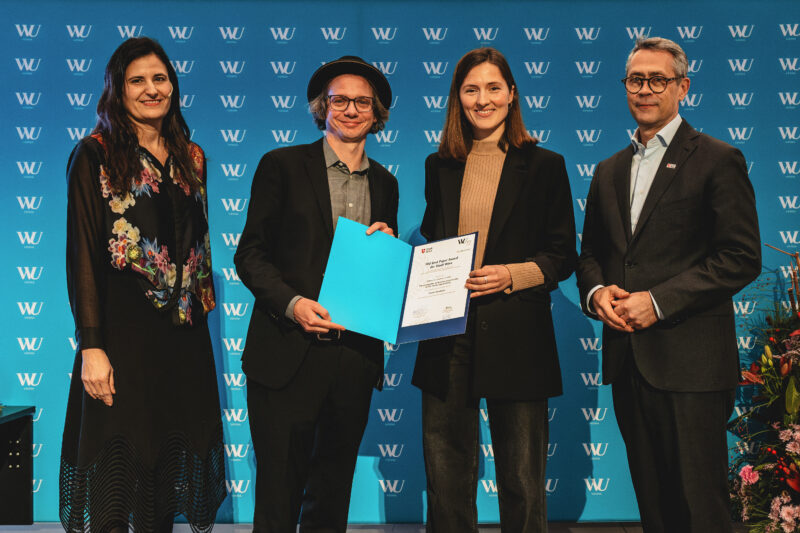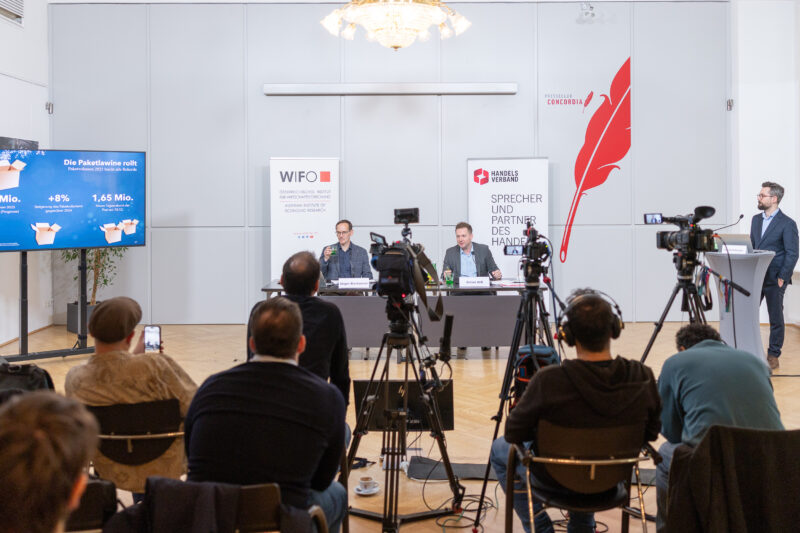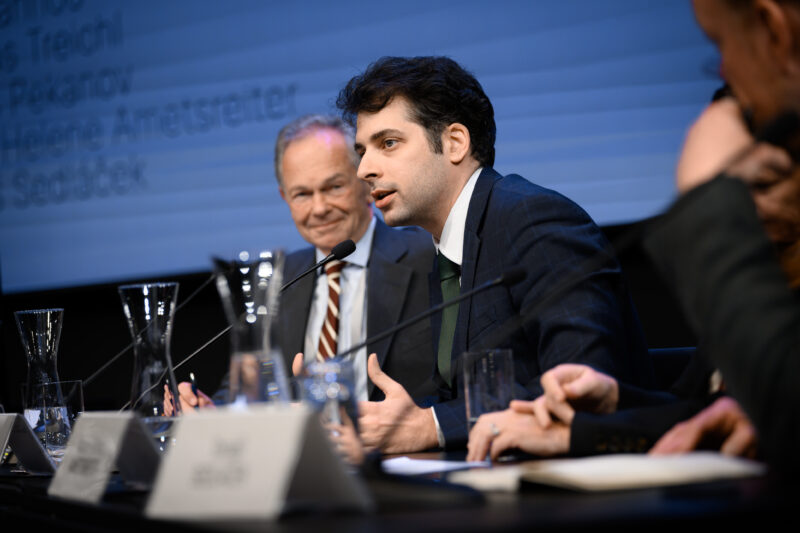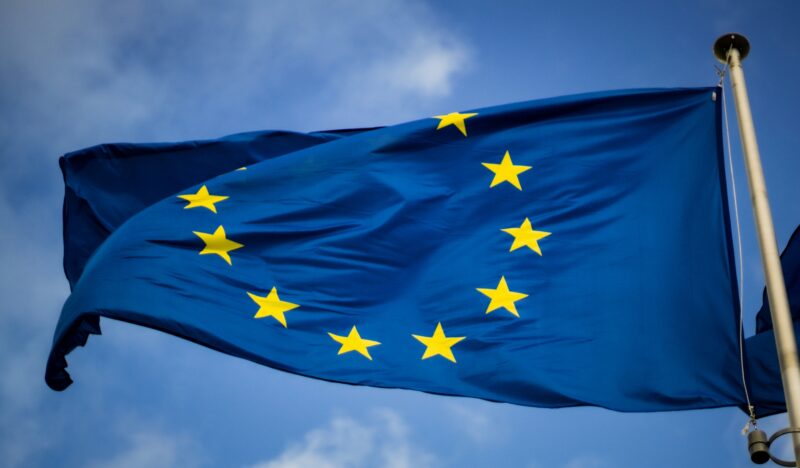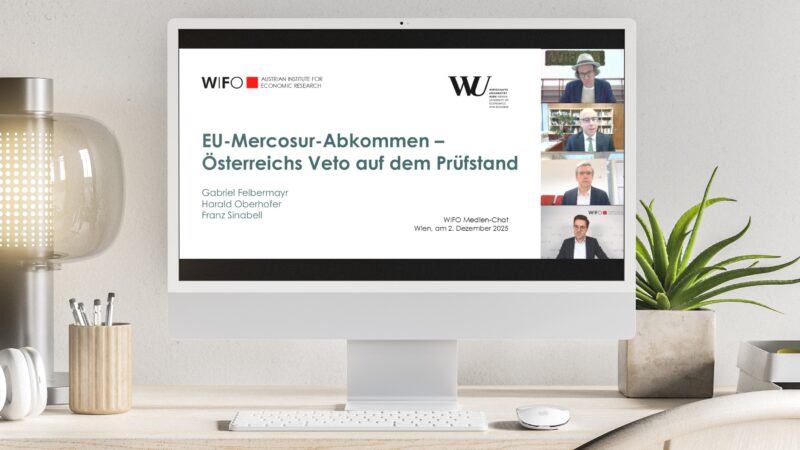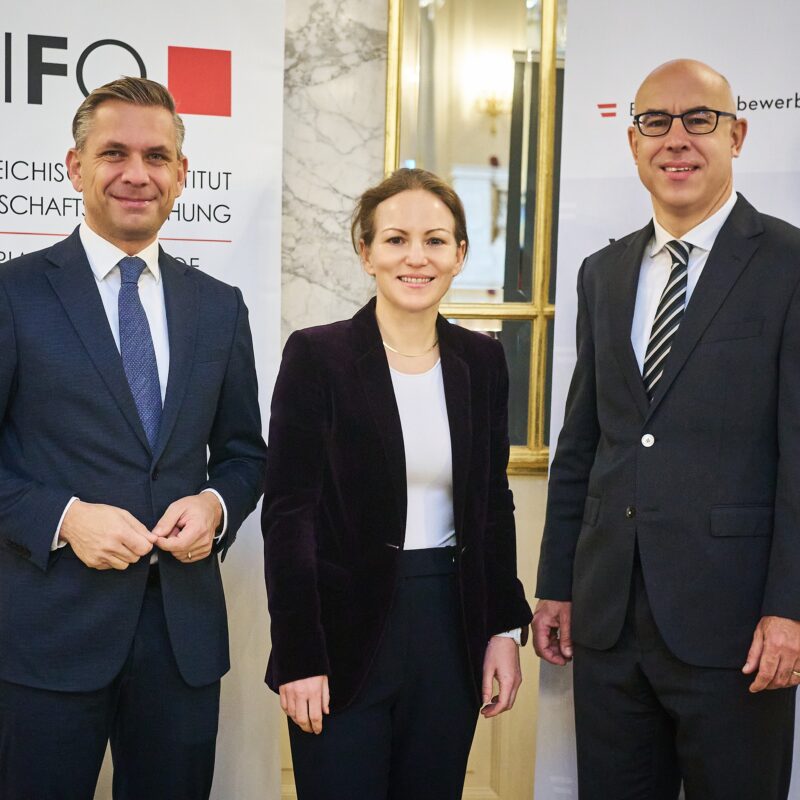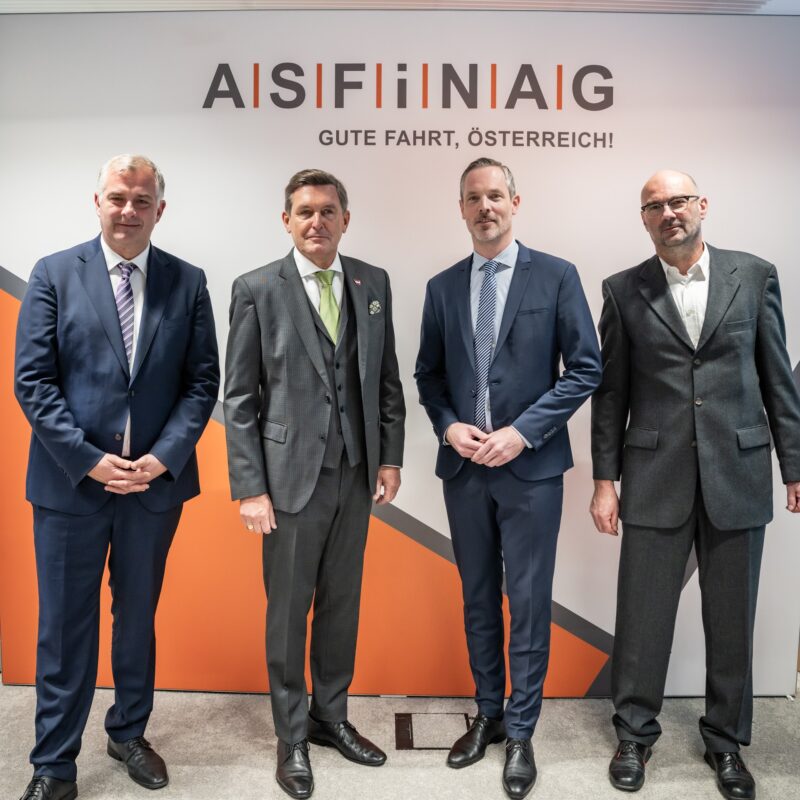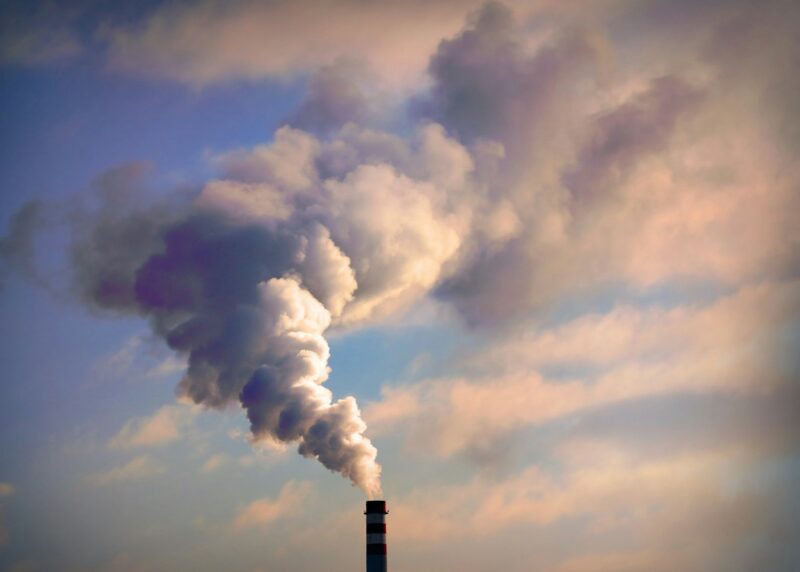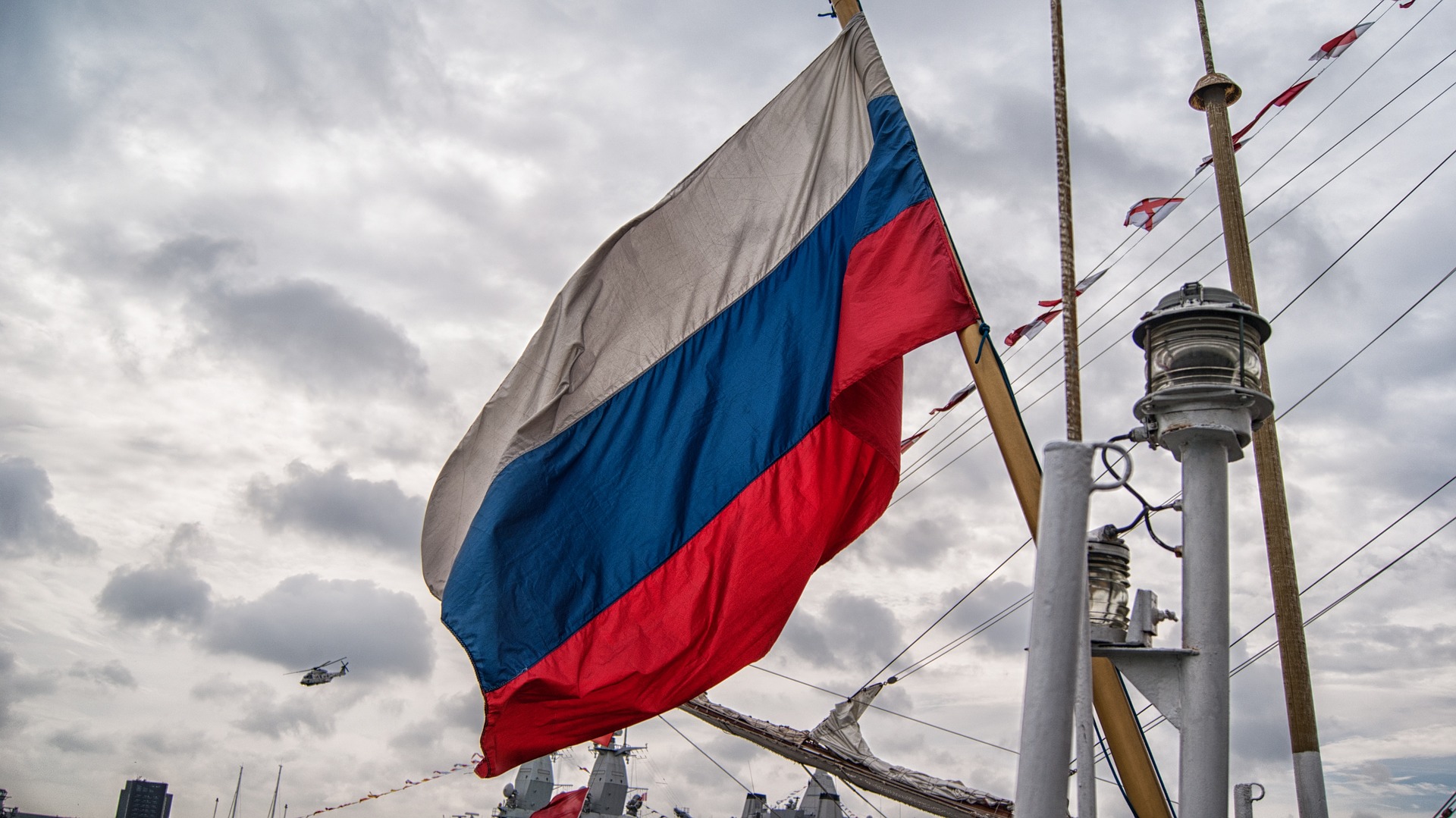
Russia forfeited its place as the fourth most important trade partner outside the EU.
10.10.2017
Russian Sanctions Have Cost EU Countries 30 Billion Euro
EU exports to Russia have plummeted by 15.7 percent annually since 2014.
Up to 40 percent of the drop is down to the sanctions. Russia forfeited its place as the fourth most important trade partner outside the EU and is now behind the USA, Switzerland, China and Turkey in fifth place in extra-EU trade.
The EU countries' trade relationships with Russia have seriously suffered due to the economic downturn in Russia and the sanctions: exports to Russia dropped by 15.7 percent annually between 2014 and 2016. The EU's exports to Russia still amounted to 120 billion euro in 2013, in 2016 it was just 72 billion euro.
The mutual sanctions between the EU and Russia play a significant part in this. These are the results of a current study by the Austrian Institute of Economic Research on behalf of the European Parliament, which attempts to separate the fall in exports caused by sanctions from other influential factors (e.g., drop in the oil price, devaluation of the rouble). Based on the WIFO's estimates, EU exports to Russia plummeted by 10.7 percent, roughly 30 billion euro, between 2014 and 2016 due to the sanctions alone. Up to 40 percent of the total fall in exports is therefore down to sanctions.
According to these calculations, the countries particularly affected are Cyprus, where exports to Russia dropped by 34.5 percent between 2014 and 2016 as a result of the sanctions, Greece (‑23.2 percent) and Croatia (‑21 percent). In Austria, exports to Russia dropped by 9.5 percent due to sanctions, which corresponds to roughly one billion euro. The sanctions led to the highest absolute falls in Germany with a minus of 11.1 billion euro (‑13.4 percent). As a result, Germany accounts for more than a third of the EU's fall in exports due to sanctions. Poland and the UK recorded a minus of 3 billion euro each. The study's estimates also indicate that the sanctions hit companies hardest in 2014. In the next two years, they gradually managed to divert their trade flows to third countries, but only on a small scale.
The drops were considerable in terms of agri-food products affected by the Russian countersanctions. The export volume to Russia dropped here by 22.5 percent between 2013 and 2016 (dairy products and fruits were particularly affected). Exports in manufacturing goods (especially vehicles) dropped by 17.7 percent, commodity exports (particularly iron and steel) by roughly 15 percent.
In previous years, the trade relationships had become increasingly stronger: EU exports to Russia rose annually by 23.5°percent on average between 2009 and 2012. In 2013, Russia was the EU's fourth largest trade partner outside the Union with an export share of 7.7 percent, behind the USA, Switzerland and China. In turn, Russia supplied 42.4°percent of its exports to EU countries in the same year. This has changed since the weakening of the Russian economy and sanctions: in 2016, Russia was just in fifth place in the ranking of the most important extra-EU trade partners behind Turkey with 4.6 percent.
The mutual sanctions between the EU and Russia play a significant part in this. These are the results of a current study by the Austrian Institute of Economic Research on behalf of the European Parliament, which attempts to separate the fall in exports caused by sanctions from other influential factors (e.g., drop in the oil price, devaluation of the rouble). Based on the WIFO's estimates, EU exports to Russia plummeted by 10.7 percent, roughly 30 billion euro, between 2014 and 2016 due to the sanctions alone. Up to 40 percent of the total fall in exports is therefore down to sanctions.
According to these calculations, the countries particularly affected are Cyprus, where exports to Russia dropped by 34.5 percent between 2014 and 2016 as a result of the sanctions, Greece (‑23.2 percent) and Croatia (‑21 percent). In Austria, exports to Russia dropped by 9.5 percent due to sanctions, which corresponds to roughly one billion euro. The sanctions led to the highest absolute falls in Germany with a minus of 11.1 billion euro (‑13.4 percent). As a result, Germany accounts for more than a third of the EU's fall in exports due to sanctions. Poland and the UK recorded a minus of 3 billion euro each. The study's estimates also indicate that the sanctions hit companies hardest in 2014. In the next two years, they gradually managed to divert their trade flows to third countries, but only on a small scale.
The drops were considerable in terms of agri-food products affected by the Russian countersanctions. The export volume to Russia dropped here by 22.5 percent between 2013 and 2016 (dairy products and fruits were particularly affected). Exports in manufacturing goods (especially vehicles) dropped by 17.7 percent, commodity exports (particularly iron and steel) by roughly 15 percent.
In previous years, the trade relationships had become increasingly stronger: EU exports to Russia rose annually by 23.5°percent on average between 2009 and 2012. In 2013, Russia was the EU's fourth largest trade partner outside the Union with an export share of 7.7 percent, behind the USA, Switzerland and China. In turn, Russia supplied 42.4°percent of its exports to EU countries in the same year. This has changed since the weakening of the Russian economy and sanctions: in 2016, Russia was just in fifth place in the ranking of the most important extra-EU trade partners behind Turkey with 4.6 percent.
Publications
Study
10.10.2017
- Oliver Fritz
- Elisabeth Christen
- Franz Sinabell (WIFO)
- Julian Hinz (IfW)
Finalization: September 2017
Contractor project: European Parliament
Please contact

Industrial, Innovation and International Economics

Regional Economics and Spatial Analysis
Further news
Economic Outlook for 2025 to 2027
18.12.2025
WWWI: Calendar Weeks 45 to 48 2025
16.12.2025
Article in Journal of Applied Econometrics Honoured
15.12.2025
Video: Research Seminar with Jana Trap
11.12.2025
Economic Environment Remains Difficult
11.12.2025
Video: Atanas Pekanov at Time to Decide Europe Summit 2025
09.12.2025
Aviso: Press Conference on 18 December 2025
05.12.2025
Association of European Economic Research Institutes Publishes General Report
04.12.2025
Legal Framework, Cost Analysis and Climate Impacts for Heating and Cooling in Austria
02.12.2025
WIFO Media Chat: Austria's Veto Under Scrutiny
02.12.2025
WIFO and Standard Present Christmas Inflation Calculator
01.12.2025
This was the Third Conference Organised by WIFO and BWB
28.11.2025
Results of the WIFO-Konjunkturtest (Business Cycle Survey) of November 2025
27.11.2025
ASCII and RETHINK-GSC in Sarajevo Recognised as Lighthouse Projects
26.11.2025
WWWI: Calendar Weeks 40 to 46 2025
25.11.2025
Invitation to WIFO Media Chat
24.11.2025
WIFO Research Brief Examines Bill Currently Under Review
18.11.2025
Study by WIFO and Eco Austria Presented
13.11.2025
Retail Business Cycle Report in Cooperation with the Austrian Retail Association
07.11.2025
On Average, Women Still Have Significantly Longer Career Breaks than Men
05.11.2025
Results of the WIFO-Konjunkturtest (Business Cycle Survey) of October 2025
31.10.2025
He was Vice-President of the Austrian Institute of Economic Research from 1990 to 2008
27.10.2025
Video: Research Seminar by Harald Fadinger
22.10.2025

